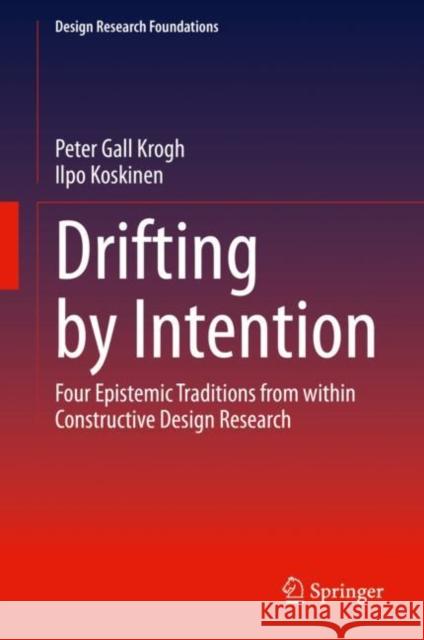Drifting by Intention: Four Epistemic Traditions from Within Constructive Design Research » książka
topmenu
Drifting by Intention: Four Epistemic Traditions from Within Constructive Design Research
ISBN-13: 9783030378950 / Angielski / Twarda / 2020 / 146 str.
Drifting by Intention: Four Epistemic Traditions from Within Constructive Design Research
ISBN-13: 9783030378950 / Angielski / Twarda / 2020 / 146 str.
cena 442,79
(netto: 421,70 VAT: 5%)
Najniższa cena z 30 dni: 424,07
(netto: 421,70 VAT: 5%)
Najniższa cena z 30 dni: 424,07
Termin realizacji zamówienia:
ok. 22 dni roboczych.
ok. 22 dni roboczych.
Darmowa dostawa!
Kategorie:
Kategorie BISAC:
Wydawca:
Springer
Seria wydawnicza:
Język:
Angielski
ISBN-13:
9783030378950
Rok wydania:
2020
Wydanie:
2020
Numer serii:
000820961
Ilość stron:
146
Waga:
0.40 kg
Wymiary:
23.39 x 15.6 x 1.12
Oprawa:
Twarda
Wolumenów:
01
Dodatkowe informacje:
Wydanie ilustrowane











